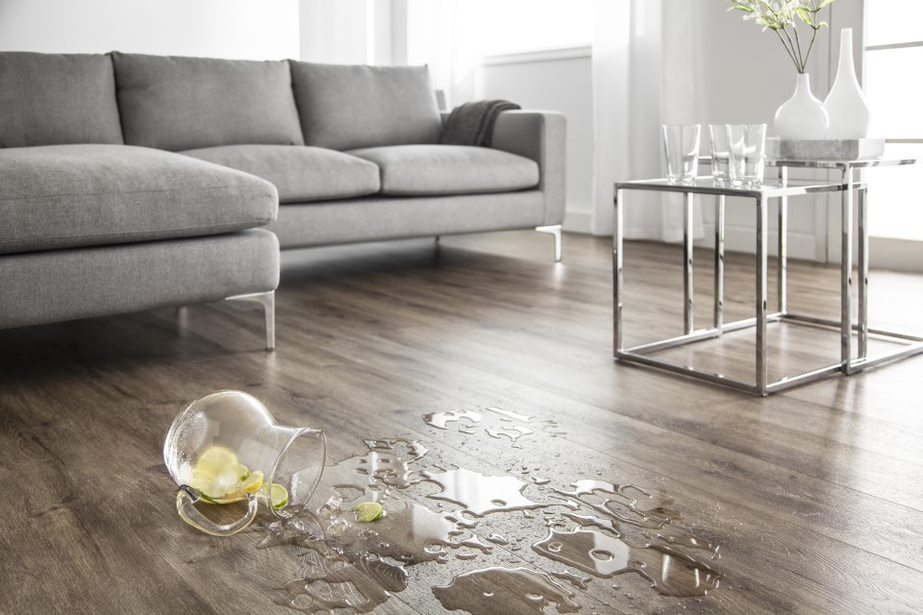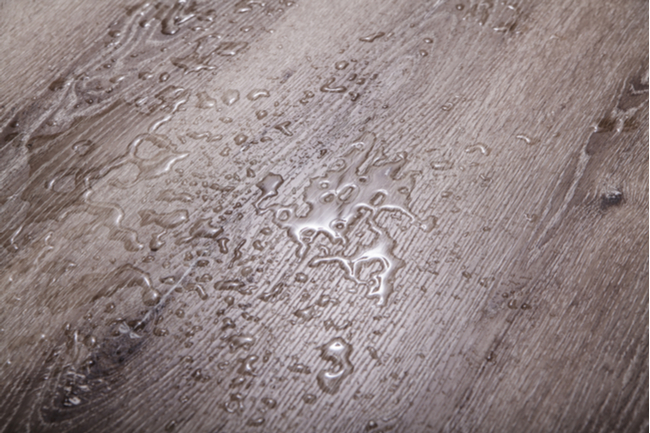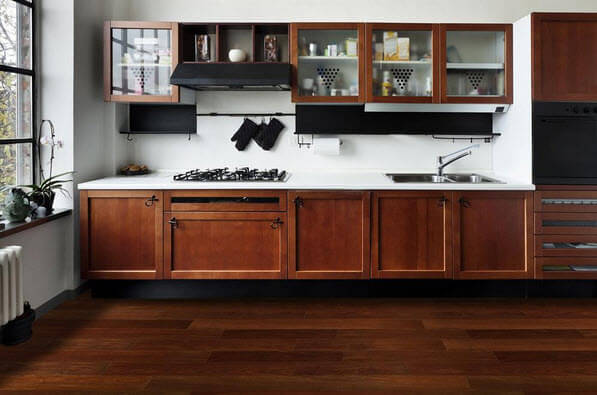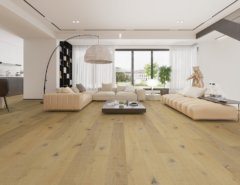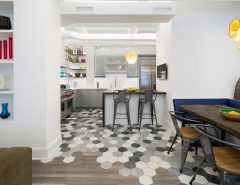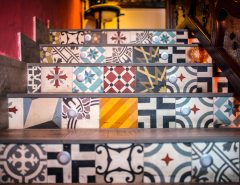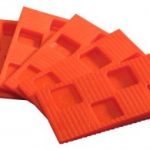In this article, we unravel the mystery of Brazilian Walnut, and get understand why this wood is a fantastic option for home improvement and decor.
***
Oh, this is one confusing hardwood.
Brazilian Walnut is the name for two entirely different species of tree, with two entirely different sets of characteristics. While the Brazilian hardwood known as Imbuia is grown in the south of the country, the tree known as Ipe is grown country-wide, and is common throughout South America. They both sport the same range of brown tones, and both trees are both durable and insect resistant. But there is only one problem: While Ipe is an extremely hard specimen, three times as hard as oak and one of the likely contenders for the hardest trees on the planet, Imbuia, well, isn’t. Its hardness rating is so low that it verges on a softwood plant.
And yet Ipe and Imbuia are both known locally and internationally as Brazilian Walnut. Worse still, both trees also bear a strong resemblance to Brazilian Teak. That’s bound to cause a little confusion.
In this article, we’ll unravel the mystery that is Brazilian Walnut, and get down to the nitty-gritty as to why this wood is a fantastic option for your home improvement projects, whether we’re talking about Ipe or Imbuia. Both have their uses, and these can be wonderful choices for any flooring endeavor.
Brazilian walnut stats
Latin name: Ocotea porosa (Imbuia) and Handroanthus guayacan (Ipe)
Janka Hardness rating: 970 (Imbuia) and 3510 (Ipe)
Common color spectrum: Medium to dark brown
Stability: Excellent
No, these aren’t actually walnut trees
It bears to remember that, with both Ipe and Imbuia, we’re not actually talking about walnut trees. As I’ve mentioned in previous articles, walnut is a hardwood typically grown in the central and eastern United States, and it features a color that varies from a light pale brown to dark chocolate brown. And this isn’t it. Neither of these trees bear any nuts or fruit; the use of the word ‘walnut’ is a reference to the colour of its wood rather than to the characteristics of the tree as a whole.
So what are Ipe and Imbuia, really? The two species have the look and the feel of a classic hardwood, such as oak or teak. They are rich in color, and while Ipe is dense, Imbuia is porous.
This doesn’t mean that Imbuia is a poor example of a hardwood. In fact, Imbuia processes more smoothly and easily than Ipe because of its relative softness. This means that its grain is softer to the touch, and it can be easily worked into a number of shapes, such as for banisters that match flooring.
While Ipe is more difficult to work with, it’s wonderfully dense. Ipe is famously known for being used for the boardwalk slats along the beach of New York City’s Coney Island, where it was in place for over a quarter of a century before it had to be refinished.
Brazilian wood: Is it still a sustainable choice?
Whether we are talking about Ipe or Imbuia, it may be important to you to think about what’s happening in the Brazilian rainforest before looking at purchasing a floor made of Brazilian Walnut. Over the last three decades in particular, deforestation and its affected habitat in the Brazilian Amazon has made it necessary to be aware of the environmental and ecological cycle in the Amazon basin, and the choices that can be made to ensure that these forests last for many generations to come. I’m guessing we’d all like our great-grandchildren to traverse those grand and historical American boardwalks, especially ones that won’t crumble underneath our feet. Here’s what you need to know.
While neither of these trees are currently on the CITES Appendices of endangered species, Imbuia is currently listed on the IUCN Red List of Threatened Species because of clear-cutting to its natural populations on the outskirts of some of the world’s biggest rainforests. While this tree isn’t an Amazon tree itself, its proximity to areas of deforestation, namely the space near to but not within the Amazon basin itself, presents the biggest challenge for environmental degradation. Fewer Imbuia trees are being forested as a result, but all in all Ipe is the safer and more sustainable choice for flooring and decking materials.
In all of its guises
Still confused? I hope not. Brazilian Walnut is a beautiful wood in all of its guises, but the Ipe variety is both the most durable choice and the option that will work best indoors and out. While it is available in natural wood decking materials, you can also choose an engineered variety of this hardwood for your indoor floors.
Oh, and one more thing, before I leave you with all of this information to consider. The Ipe tree, which has a Portuguese name, is also known as Lapacho in Spanish. Just in case you needed a bit more mind-boggling Brazilian Walnut tomfoolery.

